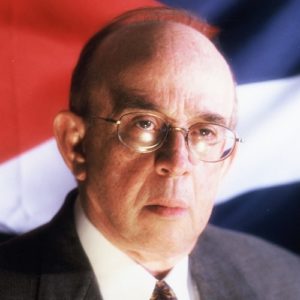A prominent clandestine organization opposing the dictatorial regime of Gerardo Machado, composed of intellectuals, students, and representatives of the middle sectors of society. It came into being in 1931, principally to punish the regime for the atrocities it was committing against the opposition and was named from its organization in cells. Each cell contained seven members who had no knowledge of the other cells. The directing cell was known as A, the second tier as B, then C, and son on. Its manifesto, issued in December 1932, opposed not only the regime, but also the circumstances that had brought it into existence. It advocated political liberty, social justice, the breakup of large land holdings, nationalization of public services, and limitations on land ownership by American interests. The A.B.C.’s combination of terrorist methods with a relatively conservative nationalism, sufficed for the left to label the movement as “fascist,” and it is still so classified by historians accepting the ideology of the post-1959 regime.
In late 1932 the A.B.C. conceived a two-phase plan to eliminate Machado. Phase I succeeded when Senate President Clemente Vásquez Bello was assassinated in Havana. Phase II, which contemplated blowing up all top government leaders during his funeral, failed when the family requested the burial be in the family plot in Santa Clara Cemetery. A gardener working in Havana Cemetery later found the buried explosives. Following this fiasco, Machado’s police launched a manhunt for real and suspect members of A.B.C., driving most of its leadership into exile. In 1933 the A.B.C. supported “la mediacion” – the efforts of United States ambassador Sumner Wells to ease Machado out of the presidency and bring an end to the violence then prevailing in Cuba. Following Machado’s resignation, the group participated in the short-lived regime of Carlos Miguel de Céspedes y Quesada in 1933 but later opposed the more radical regime of Ramón Grau San Martín’s first presidency. In the November election of 1939, the A.B.C. received 65,842 votes, electing four deputies. Although it ceased to operate soon afterwards, many of its leaders, such as Carlos Saladrigas, Jorge Mañach, and founder Joaquín Martínez Sáenz came to occupy prominent positions in later administrations and exert considerable influence. The A.B.C. published El ABC ante la medicación (1934), Hacia la Cuba nueva (1934), and Mañach’s Doctrina de ABC (1942).








